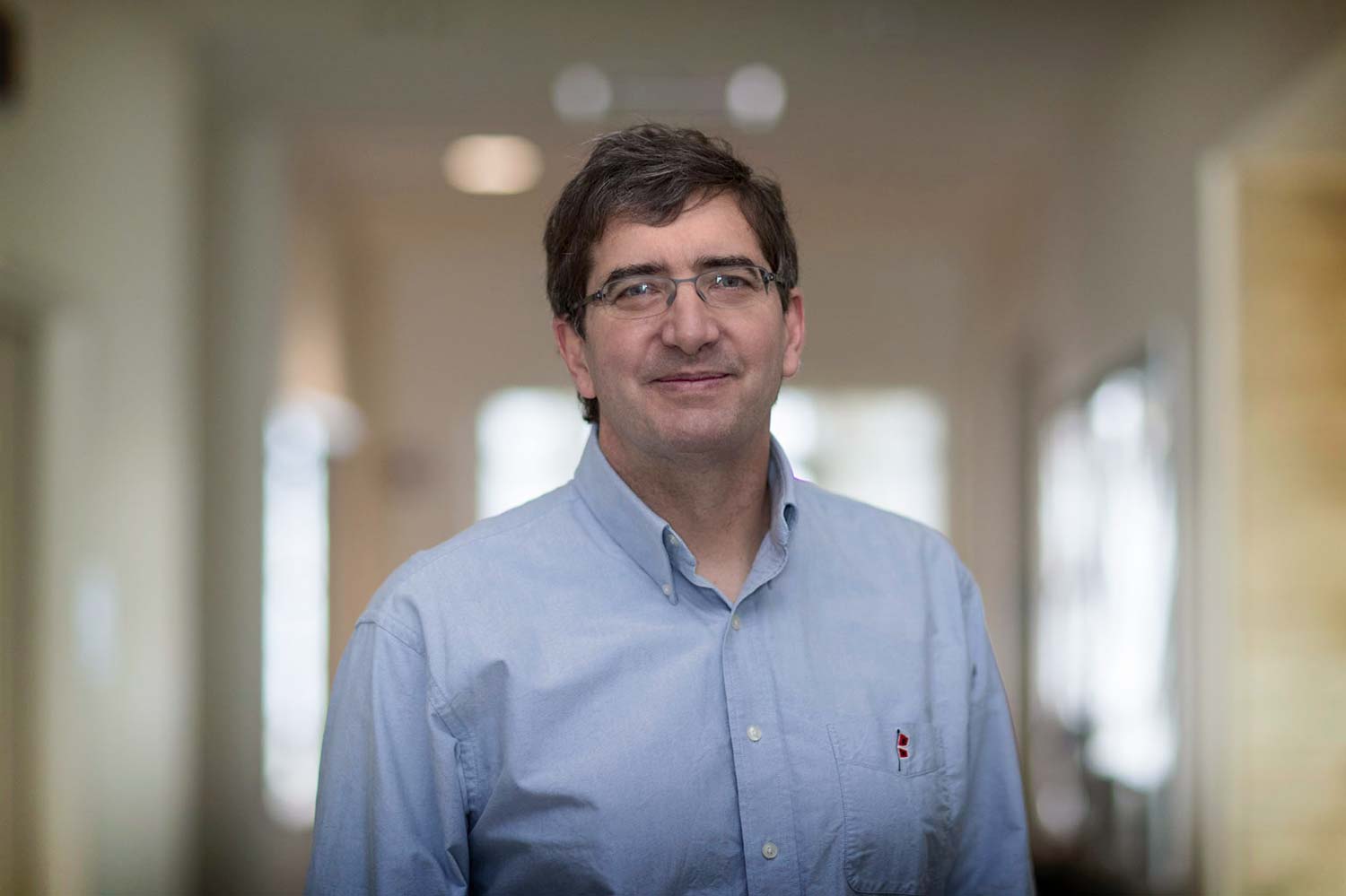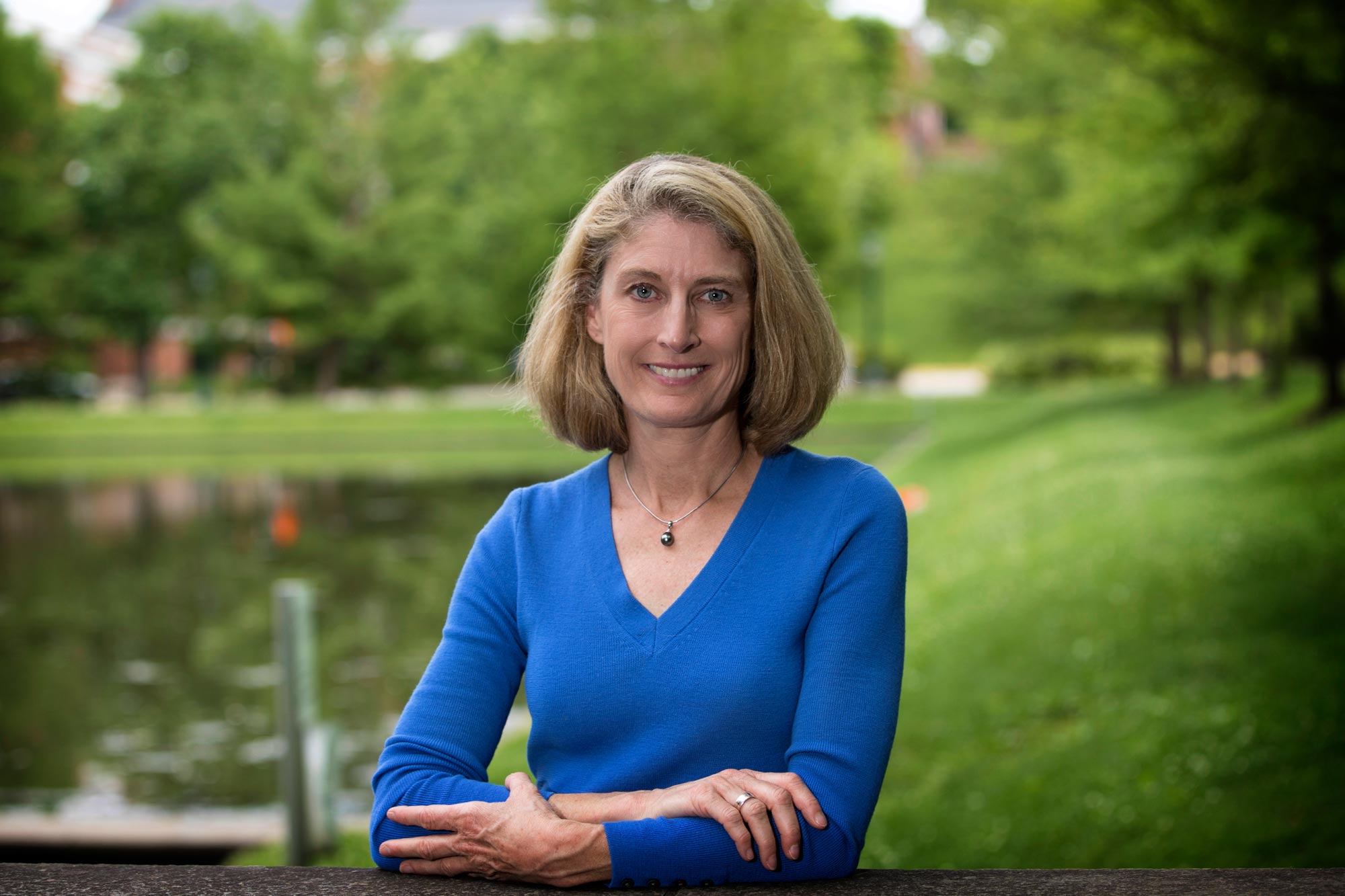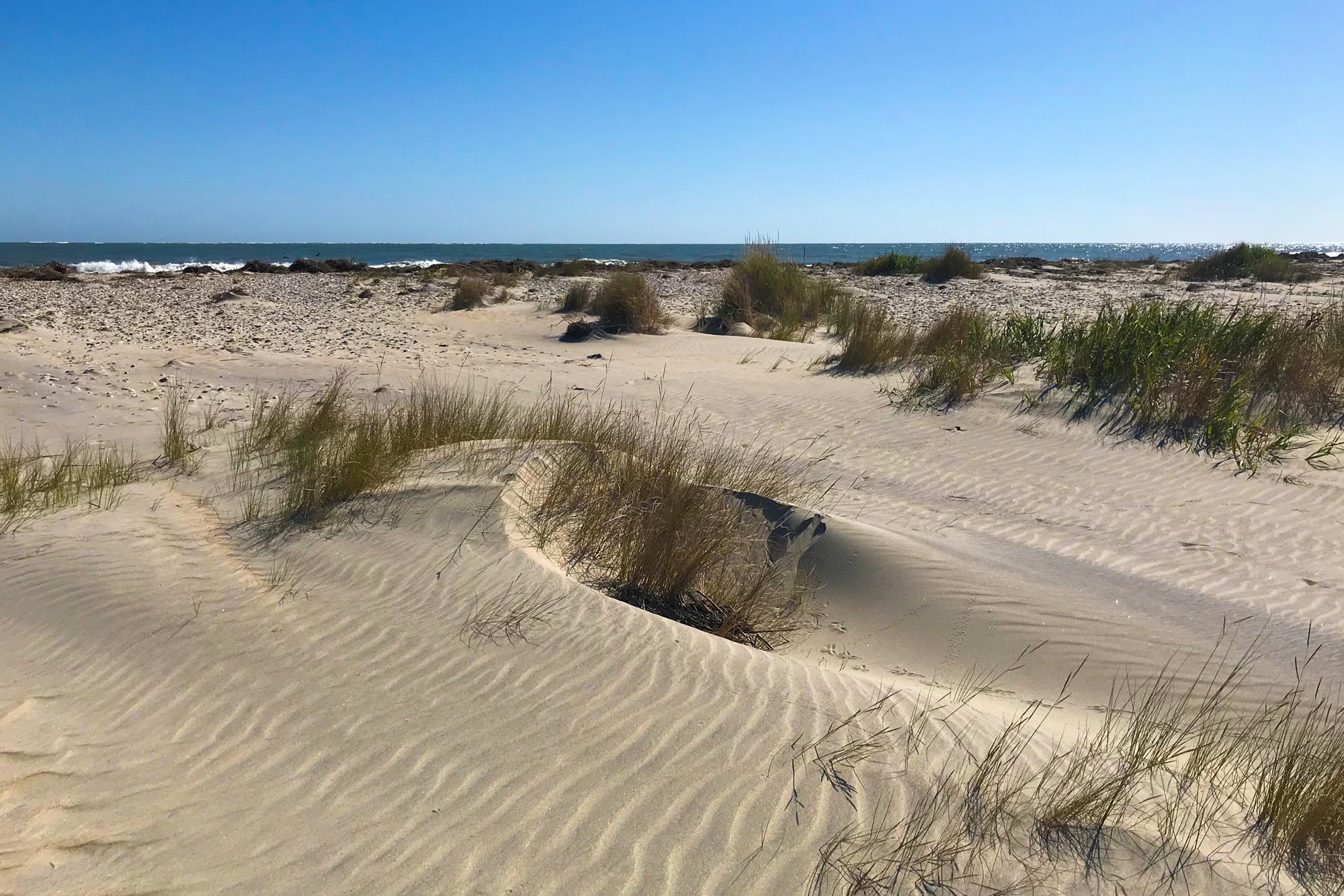Find the latest information on the University’s response to the coronavirus here.
As the COVID-19 pandemic reshapes human activity, the health of the environment remains an issue of importance for the long-term well-being of people and the climate. Researchers with the University of Virginia’s Environmental Resilience Institute are continuing their work, and are expanding their efforts to include working to understand how the pandemic affects human interactions within the context of the environment and its longer-term sustainability.
COVID and Climate
The institute is organizing webinars, issuing grants and launching an idea-management platform.
On Wednesday at 3:30 p.m., the institute will host a webinar that brings together three faculty members to discuss “COVID-19 and the Environment”: environmental sciences professor Scott Doney, Spanish professor Charlotte Rogers and public policy and economics professor Jay Shimshack. (You can register here.)
“We hope to generate dialogue with participants around research projects that focus on the environmental consequences of the COVID-19 pandemic as it unfolds and eventually subsides,” Karen McGlathery, director of the Environmental Resilience Institute, said. “What can we learn from this crisis about mitigating climate change and other environmental challenges?”
Research projects that focus on understanding ways in which to move beyond the crisis are of particular interest, she said.
The institute is poised to provide rapid-response grants of up to $15,000 for specific and time-sensitive projects to help faculty, postdoctoral fellows and students conduct sustainability studies that do not require travel or going to a lab. Institute staff will connect grant winners with stakeholder groups, such as government agencies and non-profit organizations, and help with the submission of proposals for possible further funding from federal agencies, such as the National Science Foundation.
Individual faculty members or groups may apply. The deadline is May 22.
The Environmental Resilience Institute also has launched an idea-development platform for researchers during this time of social distancing. The platform is designed to grow and inspire collaborative multi-disciplinary teams with an interest in sustainability issues. The current focus is on COVID-19 and the environment.
Intro to Climate Change
Separate from the recent pandemic responses, institute member Scott Doney recently created a 20-minute public outreach video that provides an introduction to climate change science, impacts, and solutions that could limit future damage to the environment.

Environmental sciences professor Scott Doney created a video that provides an accessible overview of climate science for the 50th anniversary of Earth Day. (Photo by Dan Addison, University Communications)
“Communities around the world are facing growing challenges from a changing climate – heat waves, droughts, coastal flooding and wildfire – and I wanted to create a clear and accessible summary of the science for the 50th anniversary of Earth Day,” Doney, the Joe D. and Helen K. Kington Professor in Environmental Change, said.
Seagrass Solutions
Speaking of climate change solutions, UVA environmental scientists are continuing to document the value of seagrass meadows for mitigating climate change. They conduct much of their research in the seaside bays of Virginia’s Eastern Shore, working on the largest seagrass restoration project in the world. McGlathery directs UVA’s Long-Term Ecological Research project there.
Last week her former graduate student, Matthew Oreska, published a paper in the journal Scientific Reports that is the first to provide a full accounting of the net carbon gain that restored seagrasses can provide on the carbon trading market. His collaborators included McGlathery, environmental sciences professor Peter Berg and graduate students Lillian Aoki and Amelie Berger.
“Much of the current climate change discussion concerns efforts to reduce the amount of greenhouse gas pollution going into the atmosphere, but efforts to draw some of that pollution out of the atmosphere are equally helpful and may become increasingly important in coming years,” Oreska said. “Seagrass restoration projects and other agriculture, forestry and land-use projects that restore a plant community, therefore, provide a relatively straightforward approach for generating negative emissions.”

Karen McGlathery directs UVA’s Long-Term Ecological Research project on Virginia’s Eastern Shore. (Photo by Dan Addison, University Communications)
Seagrasses, such as eelgrass and turtle grass, live in shallow water in bays and estuaries. They provide nursery habitat for a wide range of fishes, shellfish, mollusks and more. They are crucial to healthy coastal ecosystems in many areas worldwide. They also “sequester” or absorb atmospheric carbon dioxide and store it within their leaves, stems and roots, and ultimately into the soil on which they live.
Carbon dioxide, considered a “greenhouse gas,” is produced naturally, but also as a result of the burning of fuels such as coal and gasoline. Excess carbon dioxide in the atmosphere can contribute to and accelerate climate warming. But natural “carbon sinks,” such as forests, salt marshes and seagrasses, can help alleviate the problem by capturing excess carbon and storing it within those systems.
The new UVA paper demonstrates the value of preserving and restoring these “blue carbon” ecosystems, providing a means for naturally removing and storing carbon for perhaps centuries.
“Both nature-based and technological strategies can put climate change in reverse by removing atmospheric carbon,” McGlathery said. “This is critical if we are to meet the Paris Climate Agreement goal of not exceeding 1.5 to 2 degrees Celsius of additional climate warming by the year 2100.”
The research is an example of the connection between science and policy, McGlathery said. Her research group has helped develop an international protocol by which carbon-producing companies can buy carbon credits in the voluntary carbon market and use those credits to pay for seagrass restoration. This is managed by the international environmental sustainability group Verra.
“Credit trading allows corporations and individuals to offset their carbon footprint; and these investments provide for further seagrass restoration,” McGlathery said.
This same research also has informed policy in Virginia. In March, Gov. Ralph Northam signed a bill, largely based on the UVA research, that allows carbon market participation for seagrasses and other aquatic vegetation.
“This is exactly the kind of actionable research that we promote through the Environmental Resilience Institute,” McGlathery said. “The new policy benefits our partner organization on the Eastern Shore, the Nature Conservancy, and others in generating funding for more seagrass restoration. It’s a win-win.”
Media Contact
Article Information
May 4, 2020
/content/researchers-probing-links-between-pandemic-and-environment

